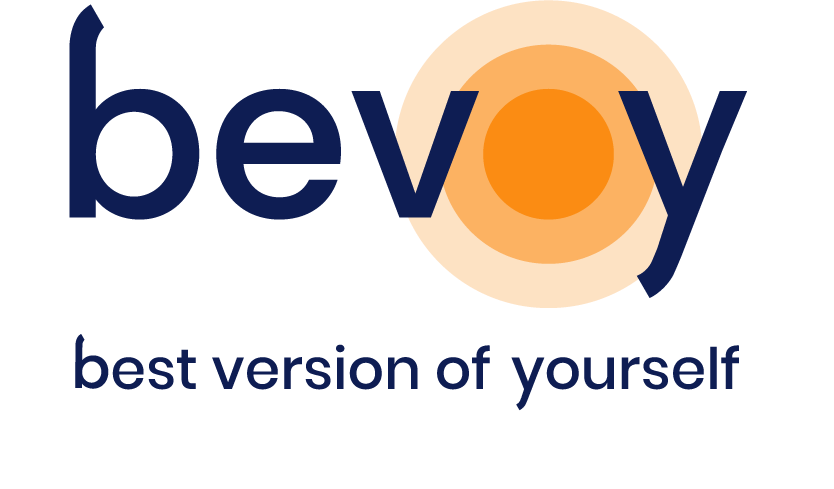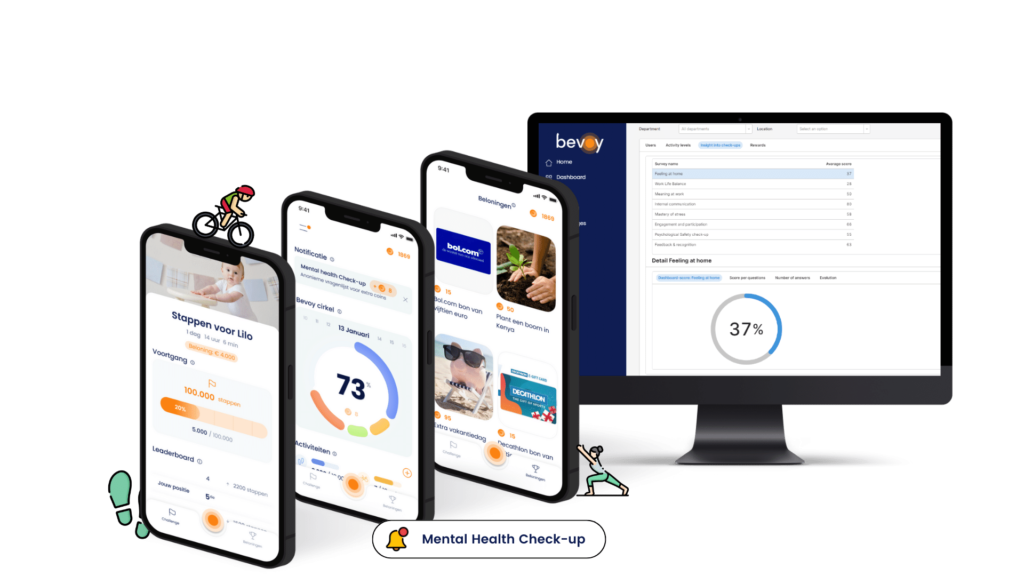Four key insights: Strategies for trust and transparency
- Effective communication: clear definitions, common language and core values.
- Purpose and bearing: shared vision, mission, goals and authenticity.
- Employee wellness: facilitate personal wellness and measure culture outcomes.
- Psychological safety: create an environment where making mistakes and openness are encouraged.
1. Ensure effective communication
“In my mind, it starts with the question: what is the definition of trust and transparency,” de Wever begins. “I myself have gone through all the phases. From startup to bigger and bigger. In the beginning you are automatically very transparent. Everyone knows the strategy, everyone is aware of what’s going on. But from 100 employees on, that suddenly became a lot more difficult. Especially when we started to internationalize. Because how do you create transparency and trust in a combination of multiple cultures and backgrounds?”
According to de Wever, at its core, it all comes down to communication. “I think we often underestimate the power of communication. For example, we ourselves noticed that although we all spoke the same language, we all spoke slightly differently. We had to go back to the core. Who do we want to be as a company? What do we exist for? Otherwise you are growing fantastically, doing a lot of work, but people feel lost.”
2. Define your purpose and create carrying capacity
Step one is your purpose. Why does the company exist? De Wever: “If you don’t work out your story clearly together, then everyone gives their own interpretation of what you do and why you do it. That brings risks. People take a more wait-and-see attitude and slowly but surely become rudderless.”
De Wever points out that authenticity is crucial here. “First of all, we have clearly communicated to the different teams what we want to work towards. But also what our norms and values are. What do we tolerate and what don’t we tolerate? But we also put the very question to those different teams. What do you need from us in order to do your job as well as possible? What do you need from other teams?”
This way you avoid polarization and create support for the shared vision, mission and goals. And the best part, according to De Wever: “From this, our most important core values eventually emerged, which we live by today. All from our own people. Not from me as Group CEO.”
3. Facilitate employee well-being
In an organization of nearly 1,000 employees, de Wever recognizes the challenge of ensuring that employees feel vital, enjoy going to work and get satisfaction from their jobs. “Technology is an important tool with us. Not an end in itself, but really a means to be able to facilitate employees in their personal well-being.”
The data you collect with this is crucial for establishing a strong culture and for measuring the results of that culture.
“Perhaps the biggest compliment I received was from my recruiter in Belgium,” says de Wever. “That one came to me and told me that it was incredibly nice to work as a recruiter for Dstny. Because she didn’t have to search very hard for candidates at all. In fact, many candidates knocked on Dstny’s door themselves because they wanted to work for such a company. That means we have a lot of ambassadors within our company who are proud to work for us.”
4. Make sure everyone feels safe
“Through trial and error, we’ve been able to work toward the fact that we really do score well on that now within Dstny. If you don’t do this, people are going to sit by and think okay is good enough. Then you miss the components to really grow and make an impact as an organization.”
Especially if, as an organization – like Dstny – you are growing rapidly, requiring people to learn and grow with you at lightning speed, psychological safety is important. “You have to create a culture where people are allowed to make mistakes, where they can be open,” de Wever clarified.
So do all these strategies have to come from HR? Certainly not, according to the Weaver.
“If culture has to come from HR alone, then we have a big problem as an organization. I think HR actually has the power to oversee the steering so that the right steps can be taken. But this is not an HR decision. It’s not my responsibility, it’s not an HR responsibility either. It’s a joint responsibility.”




